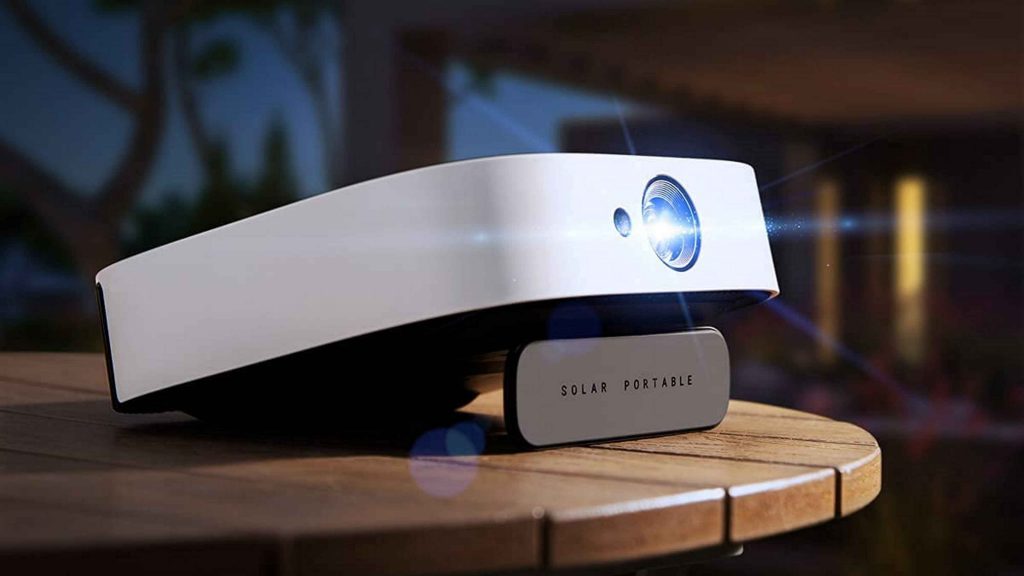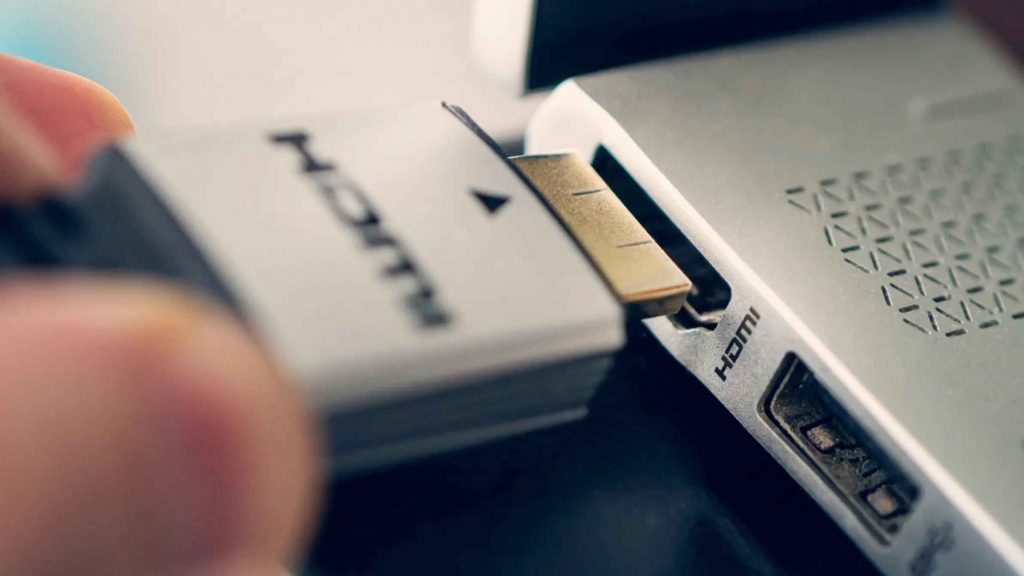One of the most frequent inquiries I get is how to connect a laptop to a projector wirelessly. Technically speaking, even if this sounds like rocket science, there is a pretty simple way to do it. Most new models of projectors have integrated wireless features allowing you to mirror the screen from any device, including the laptop.
An adapter or Bluetooth is the easiest way to establish a wireless connection if your projector uses older technology. I will explain in detail all the methods in this article and share a few tips on resolving bad or no connectivity. So, let’s get started!

How to Connect a Laptop to a Projector Wirelessly
There are several ways to wirelessly connect a laptop to a projector. The most hassle-free method is using a wireless dongle. All you need to do is put the dongle into the HDMI port on your projector and open the configuration settings.
After completing the installation, pair both devices, and now you can project files directly from your desktop. Moreover, below are the other ways how you can do it. Thus, let’s take a look at them!
Read more: How to Connect MacBook to Projector Wirelessly
Possible Methods
Method 1: Screen mirroring
Most of the newest smart projectors include integrated wireless connectivity. If your projector has it, you can use the Screen mirroring feature, allowing your laptop screen to be copied – mirrored on the projector’s screen.
Follow these steps to enable the Screen mirroring feature and connect your laptop to the projector wirelessly.
- Enable the Screen mirroring feature by pressing the ‘LAN’ button on your device or by accessing the settings menu on your projector, depending on the device model.
- Connect your projector to the same WiFi network your laptop is connected to; if not, connect it to the same WiFi network.
- Now enable the Screen mirroring option on your projector by selecting the option from the menu and ensuring it’s turned on.
- Hold the ‘Windows’ button on your laptop and simultaneously press the ‘P’ key.
- Select ‘Connect to Wireless Display’ or ‘Duplicate the Display’ from the menu that will appear on your screen.
- Confirm the option on both devices; now, you can mirror the screen from your laptop to your projector.
Method 2: Wireless adapter
Wireless adapters are the easiest and most commonly used device to help establish a wireless connection between your laptop and projector.
Look for an adapter that supports different operating systems because your laptop might have a different one. Once you have your wireless adapter, follow the instruction below:
- Place the wireless adapter in the HDMI port of your projector.
- From the window panel on the bottom right on Windows, select ‘Connect’, or ‘AirPlay Mirroring’ on the MacBook.
- The adapter will automatically boot, so your projector will appear on the available devices.
- Click on the projector name and then click ‘Connect’ again.
- Most of the time, you’ll be asked to provide a pin so the laptop will pair with your projector.
- Enter the pin that will appear on your projector, and now your devices will be ready.

Method 3: Google Chromecast
Google has created this little device that works independently and can be connected to any projector via the HDMI port. These are the steps how to connect the Google Chromecast to your laptop:
- Download the Google Chrome browser on your laptop.
- Next, download the Google Chromecast application on your computer, and follow the installation instructions. Once it’s done, you’ll see the Google Chromecast extension in the web browser.
- Click on the extension to connect your laptop and projector through the Google Chromecast Dongle.
- Now, you can stream content from Google Chrome directly on your projector.
Alternative option: Miracast
Miracast is an alternative wireless connection system to Google Chrome and works on Android and iOS devices.
- Turn on your projector and plug in the Miracast adapter or dongle into the HDMI port of your projector.
- Open your laptop and turn on the WiFi; now press the ‘Windows’ button on your laptop and simultaneously press the ‘P’ key.
- Next, select ‘Connect to Wireless Display’ and select ‘Projector’.
- Click on ‘Connect’ and then confirm the selection by clicking on the ‘Accept’ button to pair both devices.
Method 4: Bluetooth connection
Speaking about wireless connections, another way how to connect a laptop to a projector wirelessly is by taking advantage of the Bluetooth feature.
Most projectors support Bluetooth connection, so if you don’t have a wireless adapter, this method can help you connect your laptop to the projector without using additional cords and wires.
- Turn the projector on. From the main settings, enable the Bluetooth feature.
- Open your computer Bluetooth settings and from the available devices, select your projector.
- You’ll need to pair both devices, so once you connect with it, you’ll get a code you need to confirm from the screen.
- If you are having issues with pairing the devices, disconnect and reconnect the Bluetooth on both devices and try pairing them again; alternatively, check your projector manual.
How to Fix Potential Connection Problems
Set up the wireless software
Some projectors cannot connect to the wireless network because they don’t come with pre-installed wireless software. Depending on the projector you are using, check the instructions to see if the manufacturer has any specific requirements.
Incorrect router encryption settings
Another common issue with wireless projectors not being able to connect to the WiFi is if the router doesn’t use the correct encryption settings. To change this, open your router’s main admin page by entering the default IP address in the browser.
From the router’s settings, change the encryption to WPA2 and reset your router. Now try connecting your projector to the wireless network again.
Bad and slow connectivity
The built-in wireless cards on projectors usually aren’t that strong, and sometimes this can be the reason why it’s unable to connect with them or the connection is very slow. In this case, you would want to move the projector closer to the router.
Also read: How to Connect a Laptop to a Projector With HDMI
Conclusion
This is the very end of the article. Thus, I hope you will remember all the possible ways how to connect a laptop to a projector wirelessly, but if you cannot, save this article for later in the future.